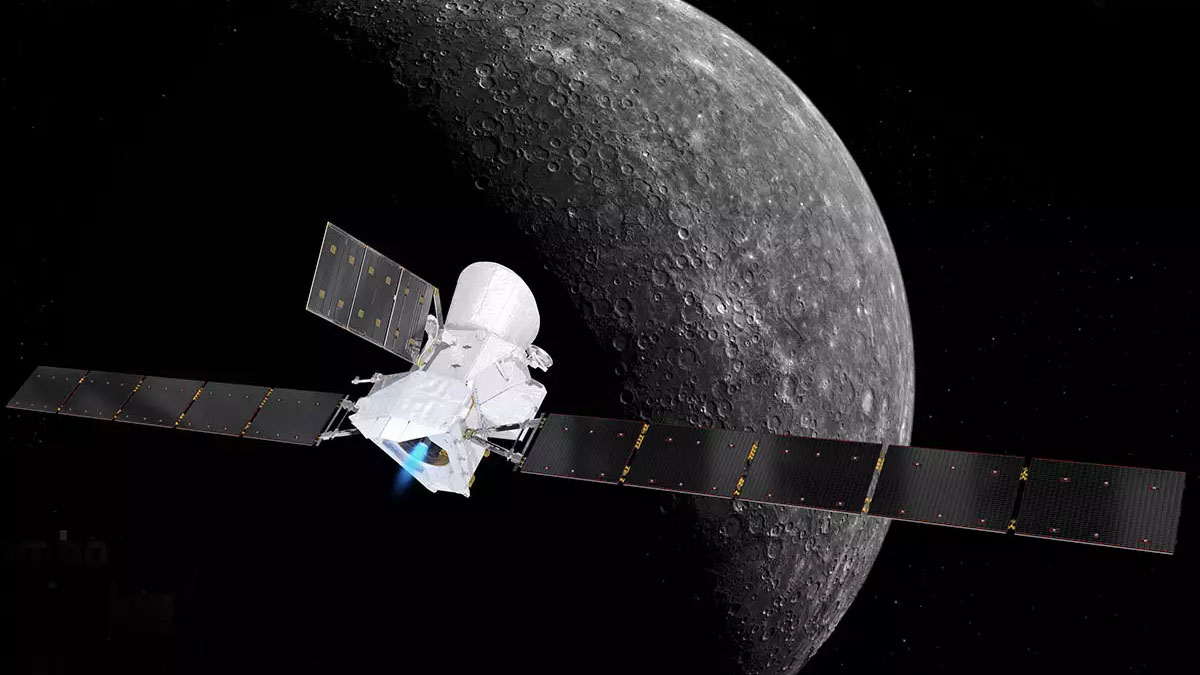preparing for a very low stakes test of general relativity

The BepiColombo mission, named in honor of mathematician Giuseppe Colombo, is on its way to study Mercury with a pair of orbiters trying to figure out more about the planet’s surface and magnetic field so we can better understand how small, rocky world like it form. And while it’s there, it will also test if a quirk of general relativity is real, hopefully giving us more information on how gravity wells of stars and planets interact with one another. Thankfully, very few articles about BepiColombo pitched this as the ultimate make or break test for Einstein’s theory, but prepare for the results to be announced as if the science barely survived to live another day.
The idea is that as the sun tugs at Mercury, the planet’s orbit slightly shifts. That wouldn’t make it unique, by the way. All planets would experience the same effects since they’re all skimming through the gravity well, the distortion in the fabric of space and time created by the sun’s mass, and tugging at the star as the star tugs right back at them. But what does make Mercury the perfect place for this experiment is that it’s the closest world of the sun, meaning that it would see the biggest, easiest to detect this orbital shift and BepiColombo should be in a great position to measure it.
It would be a subtle movement, a degree every few billion years, but we have tools precise enough to know if it’s happening or not. And that brings us to the question of what happens if that shift isn’t detected. Well, not much really. General relativity wouldn’t get thrown into the dustbin of history because virtually all of its predictions still hold up and one small glitch isn’t going to consign it to complete rejection. It will, however, prompt physicists and astronomers to do more research why this is happening and whether the prediction that BepiColumbo will be testing was even correct. After all, solar systems are very busy and dynamic places and there may be something we missed in our initial calculations.
While it may seem odd to do a writeup on an experiment so unlikely to rewrite textbooks, it’s actually important to note that this is the kind of research that most frequently gets done. Measuring, re-measuring, testing the edges of new and current theories, and trying to find what questions still need answered. It may be hard to get excited about unless your research is involved or depends on the outcome, but we should still note and celebrate the dedication of scientists who are doggedly turning over every stone and looking for the slightest opening for new ideas and gaps in our knowledge, no matter how well we think we know something.





